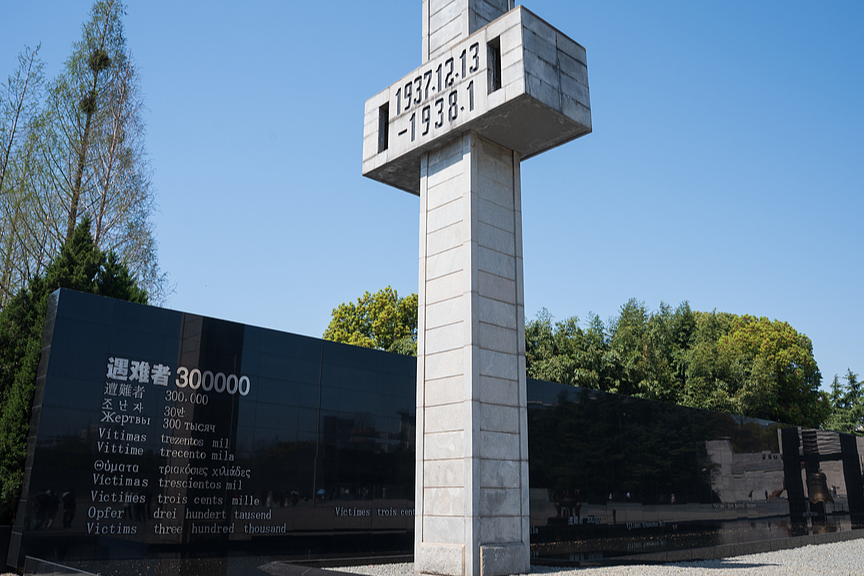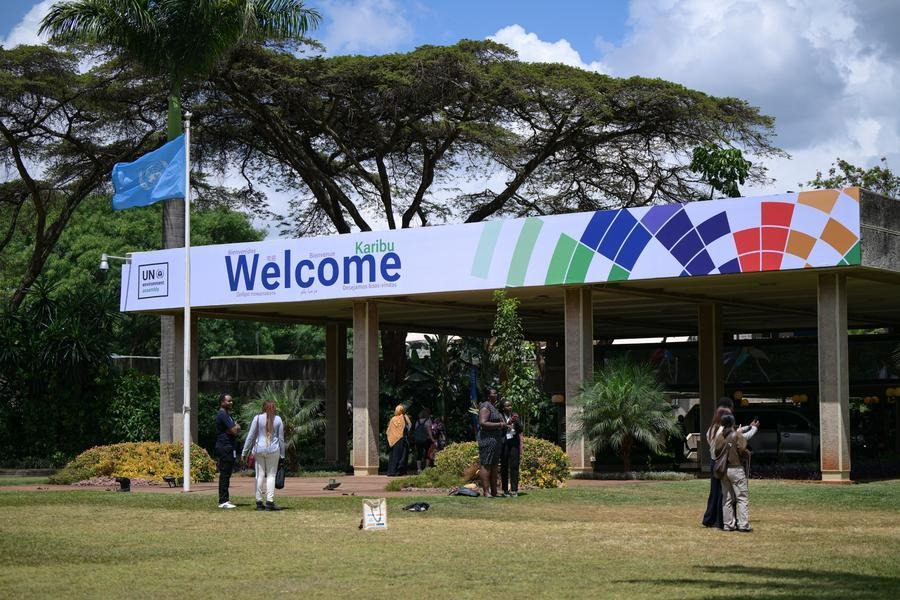SpaceX launches research facilities to Int'l Space Station
Xinhua | Updated: 2019-12-06 10:36

WASHINGTON - The US space agency NASA's cargo provider SpaceX launched a Dragon spacecraft on Thursday, starting its resupply mission to the International Space Station (ISS).
The spacecraft, packed with about 2,600 kg of supplies and payloads, lifted off at 12:29 pm US Eastern Time (1729 GMT) from Space Launch Complex 40 at the Cape Canaveral Air Force Station in the US state of Florida.
About 10 minutes later, "Dragon separation confirmed," and then "its solar arrays have deployed," according to SpaceX's official Twitter account.
The reusable Dragon spacecraft previously supported two resupply missions in September 2014 and June 2017.
ISS crew members will use the station's 17.6-meter robotic arm to capture Dragon and attach it to the orbiting lab on Saturday, according to SpaceX.
Dragon's payloads include a "robotic hotel" that allows gas leak detectors to be stored on the outside of the space station, thus enabling a quicker and simpler deployment of the instruments.
The Dragon spacecraft also brought into space a new package to make subtle measurements of gravity. It may lead to the development of improved sensors that can be used for spacecraft navigation and to study Earth's climate.
Also, a new Earth imaging system, with high resolution across all colors of the light spectrum to provide more information about the characteristics and physical properties of a target, will be brought into the space.
Soil, rocks, vegetation, snow, ice and human-made objects tend to reflect a unique spectrum of light. The imaging system can help identify specific materials in an image, according to NASA.
The spacecraft will spend approximately four weeks attached to the ISS before returning to Earth with more than 1,700 kilograms of cargo.
























